(Precedent story: the « Amalgam Chief » military exercise: B-52 bombers in northern Canada).
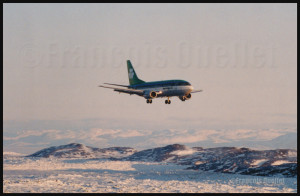
This story is about a 1990 winter day where very bad weather conditions prevailed in Iqaluit, on Baffin Island, Canada. Bad as it was, the weather still allowed for takeoffs. Two airline companies, respectively owning a Boeing 727 and 737 had completed the boarding and expected to be airborne shortly. The weather deteriorating even more, the Transport Canada flight service specialists (FSS) had to tell the pilots that they could not proceed with the takeoff as the airport was now under the minimum visibility criteria.
The aircrafts were ready, the engines running and the pilots could not takeoff. There was a bit of tension in the air and the pilots finally decided that they would take a chance and takeoff under unacceptable conditions. The two captains were reminded by the FSS that if they tried to takeoff in the prevailing visibility, which was under legal minimums, an occurrence report would be filed against them.
The flight service specialist naturally received a reply in line with the pilot’s impatience. Nevertheless, the pilots took a second look at the weather and, thinking of a possible occurrence report, decided to delay both takeoffs.
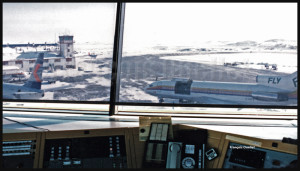
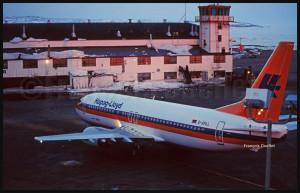
In being so impatient to complete their flight, those captains were neglecting that there is always the possibility of an engine failure or other major emergency on takeoff. If they had lost an engine just after being airborne, it would have been impossible to return back to Iqaluit due to the extremely low visibility; they would have been forced to fly a very long distance with one less engine to get to their alternate airport, increasing the risks for the safety of the passengers.
The threat of a potential occurrence report, which has always been the prerogative of air traffic services, forced the pilots to wait for appropriate weather conditions.
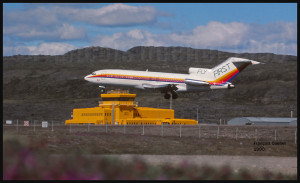
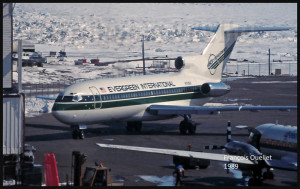

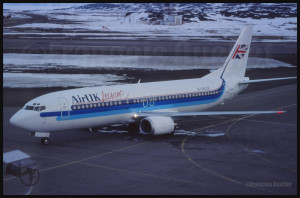
(Next story: the lady who was robbed before my eyes)
For more real life stories as a FSS in Iqaluit, click on the following link: Flight service specialist (FSS) in Iqaluit